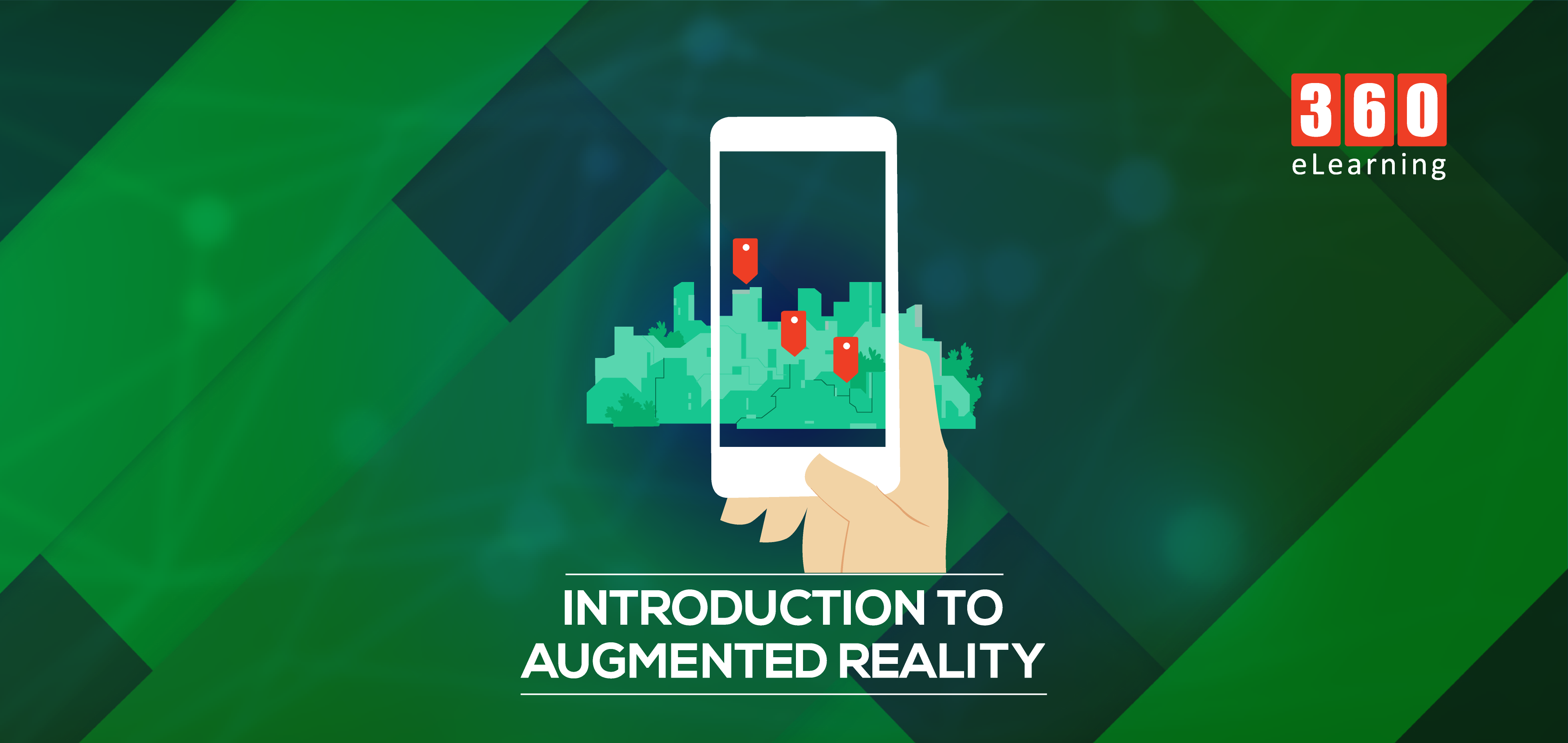The origin of the word augmented is augment, which means to increase the size or value of something by adding something to it. In the case of Augmented Reality, to augment the real world with computer-generated content such as graphics, sounds, and touch feedback to create an enhanced user experience. The real value of Augmented reality medium is to see 3d objects in a real environment. Augmented reality use in learning has a great edge for learners and instructors to get optimum results from invested time.
In corporate, Augmented reality technology empowers employees to have the latest, most accurate information available in context, when and where they need it most. A salesperson can see historical figures in a real environment with help of AR medium. In manufacturing, a newly hired person can see the whole process and tools in a real environment without the involvement of supervisors.
Augmented reality medium provides opportunity in education to teach students about geosciences, physics concepts, geometry complex structures, and improved writing skills. Arloon Geometry is an app that helps students to understand geometrical shapes in three dimensions because looking at an object in two dimensions on a textbook page can be challenging.
In Healthcare, augmented reality technology significantly make an impact by providing information of Anatomy, surgery, and tools in a real environment. Human Anatomy Atlas app is extensively used by medical students, instructor, and practicing healthcare professionals. Available in multiple languages and contain information about both male and female anatomy.
In this article, we will go through Learning benefits from AR medium, Types of AR, Development tools, AR support devices and uses of augmented reality in different sectors.
Learning benefits from AR medium
Better understanding of content:
AR has been found to be very effective in making it easier to learn complex spatial structures and functions such as in such as geometrical shapes, chemical structures, mechanical machinery, astronomy configurations, or spatial configuration of human organs.
Long-term memory retention:
Several works of research indicate that content learned through AR experiences is memorized more strongly than through non-AR experiences.
Increased learner’s motivation:
Sever research papers suggest that user motivation remains significantly higher for the AR systems (vs. the non-AR alternative) even when the AR experience is deemed more difficult to use than the non-AR alternative.
Types of AR
Marker Based Augmented Reality
Marker-based augmented reality (also called Image Recognition) any image/QR code that can be detected by camera should have distinct features and pattern to produce a result only when the marker is sensed by a reader.
Examples: Inkhunter app, using markers to project tattoo designs.
Location-based Augmented Reality
AR, when combined with the location awareness capabilities of a cellular device, is called Location-Based Augmented Reality. This type uses the device’s data from GPS, compass, and Wi-Fi to augment reality around a user by placing virtual models, media, text info or link in the real world. The user should be in right location with the good internet connection to get the best AR experience.
Examples: Pokemon GO app, generating digital characters and placing them in the physical environment.
Projection-Based Augmented Reality
Projector-based augmented reality uses advanced projection technology to simplify the complex manual tasks that are part of a company’s manufacturing, assembly, sequencing, and training operations. The projection based technology works by projecting artificial light onto real-world surfaces. This technology allows for human interaction by sending light onto a real-world surface and then sensing the human interaction (i.e. touch) of that projected light.
Projected Augmented Reality Prototype by RTT AG website.
Superimposition Based Augmented Reality (SLAM)
Superimposition based augmented reality either partially or fully replaces the original view of an object with a newly augmented view of that same object. In superimposition based augmented reality, object recognition plays a vital role because the application cannot replace the original view with an augmented one if it cannot determine what the object is.
Example: IKEA augmented reality app, which with SLAM technology allows users place 3D models of furniture in a real environment.
Development Platforms
Unity 3D
The Unity game engine is far more popular amongst developers than any other third-party game development software. The proportion of developers rely on Unity as their primary development tool and using Unity is growing all the time. Unity is cross-platform that support Android and iOS both. The code is written in C# (C sharp).
Unreal Engine
The Unreal Engine is a game engine developed by Epic Games. It has been successfully used in a variety of other genres, including stealth, fighting games, MMORPGs, and other RPGs. Unreal Engine is cross-platform that support iOS and Android. With its code written in C++, the Unreal Engine features a high degree of portability and is a tool used by many game developers today.
Xcode
Xcode is an integrated development environment for macOS containing a suite of software development tools developed by Apple for developing software for macOS, iOS, watchOS, and tvOS. It’s code written in swift. ARkit used as SDK in Xcode for development of AR application for iOS.
In conclusion, next big technology in application development sectors is augmented reality. We see simple marker-based AR can get attention but what about groundbreaking applications. AR can be augmented with computer vision and machine learning and now tools are available. In next article, we will go through advanced things that are possible in AR medium to bridge the gap between performance and learning.


